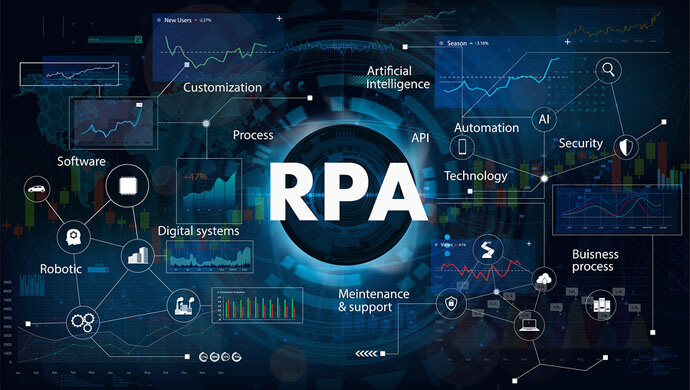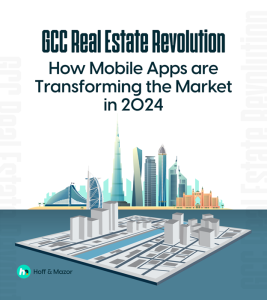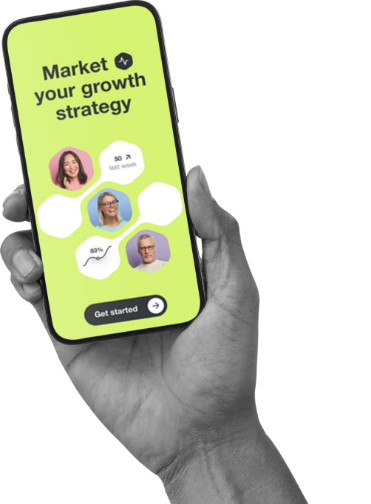In the era of digital transformation, businesses are consistently on the lookout for innovative solutions to streamline their operations and foster growth. In recent years, Robotic Process Automation (RPA) and Artificial Intelligence (AI) have emerged as transformative technologies, each offering unique capabilities that can help businesses enhance their efficiency, reduce costs, and achieve a competitive edge.
Yet, there remains a question: should your organization opt for RPA, AI, or a fusion of both? Let’s delve deeper into these two technologies to understand what RPA and AI are, their benefits, and how they can complement each other.
What is RPA?
Robotic Process Automation (RPA) is a form of business process automation technology that uses software bots or ‘robots’ to automate repetitive, mundane tasks that humans perform on computer systems. These tasks typically involve rule-based activities such as data entry, invoice processing, or routine email responses.
The purpose of RPA is to emulate human actions and execute a sequence of steps leading to meaningful activity without human intervention.
What are the Benefits of RPA?
RPA offers a multitude of benefits that can help an organization streamline operations, boost efficiency, and enhance customer satisfaction. These include:
1. Increased Efficiency
RPA bots can work round the clock without breaks, increasing the productivity and throughput of operations. This is especially advantageous for businesses that require 24/7 customer support or operate across different time zones.
2. Reduced Errors
Human tasks are often susceptible to errors, especially with mundane, repetitive tasks. RPA eliminates these errors, ensuring greater accuracy and consistency in data management and process execution.
3. Cost Savings
With RPA, organizations can drastically cut down the operational costs associated with manual, labor-intensive tasks. Since bots can perform tasks faster and without errors, the financial savings can be significant over time.
4. Employee Empowerment
By handling mundane and routine tasks, RPA allows employees to focus on more strategic, intellectually stimulating work. This not only improves job satisfaction but also promotes a culture of innovation and creativity.
5. Scalability
RPA systems can be quickly scaled up or down to manage fluctuating workloads, making them particularly useful for businesses with seasonal demand patterns.
What is Automation with AI?
Automation with AI is the incorporation of artificial intelligence technologies into automation processes. It takes automation beyond just rule-based tasks and allows it to handle tasks that require human-like intelligence, such as understanding, reasoning, learning, and problem-solving.
AI-powered automation can process and interpret unstructured data like text, speech, images, and even video, and perform tasks that involve complex decision-making or predictive capabilities.
For example, AI-powered chatbots can understand customer queries, provide relevant responses, and even learn from past interactions to improve future performance. In healthcare, AI systems can analyze medical images to detect diseases, predict patient risks, and even suggest personalized treatment plans.
AI technologies that power such automation include machine learning, natural language processing, computer vision, and deep learning. These technologies enable machines to mimic human intelligence, learn from experiences, understand human language, interpret visual data, and much more.
How do RPA and AI Work Together?
While RPA and AI can independently handle different facets of business automation, when combined, they form a powerful duo known as Intelligent Process Automation (IPA).
- RPA as the Executor
RPA can take care of structured, rule-based tasks, effectively reducing the load on human employees. This includes activities like data entry, transaction processing, or routine email responses. In other words, RPA acts as the executor, performing tasks based on predefined rules.
- AI as the Decision-Maker
AI, with its ability to understand, learn, and make decisions, can handle more complex tasks, particularly those involving unstructured data or tasks that require predictive abilities or decision-making. It adds an ‘intelligence’ layer to automation, enabling systems to process natural language, analyze images, or predict outcomes based on historical data.
Together, RPA and AI provide an efficient and intelligent automation solution that can handle both repetitive and complex tasks, leading to improved efficiency, greater productivity, reduced costs, and better business outcomes. This integration is particularly useful in processes that start with structured data but require the handling of unstructured data or decision-making at some point.
Real-World Use Cases Of RPA and AI
RPA and AI are being widely adopted across various industries due to their capability to enhance efficiency and productivity. Their use cases are incredibly varied and depend upon the specific needs of a sector or an organization.
RPA Use Cases
-
RPA in Healthcare
RPA bots can be programmed to handle routine tasks like patient scheduling, appointment reminders, billing, and insurance claims processing. For instance, bots can gather patient details, verify insurance eligibility, and even automate claim submission, which greatly reduces administrative burden and time spent on these tasks.
-
RPA in Finance
In the banking sector, RPA can automate various processes such as transaction processing, report generation, and compliance auditing. An example is JPMorgan’s COIN, an RPA program which reviews documents and extracts necessary data, a task that previously consumed thousands of human hours.
-
RPA in Customer Service
RPA can be utilized to automate the handling of customer inquiries, complaints, and requests. This allows businesses to provide quick and consistent responses, improving customer satisfaction.
AI Use Cases
-
AI in Marketing
AI algorithms can analyze huge amounts of customer data to derive insights about consumer behavior and preferences. These insights enable businesses to create highly targeted and personalized marketing campaigns. A great example is Netflix’s recommendation engine, which uses AI to suggest shows and movies based on viewers’ past watching habits.
-
AI in Healthcare
AI is transforming healthcare by improving diagnosis, prognosis, and treatment. Machine learning algorithms can analyze medical images to detect anomalies and diagnose diseases, often with better accuracy than humans. For instance, Google’s DeepMind Health AI can detect eye diseases by analyzing retinal scans.
-
AI in Retail
AI is used in the retail industry for predicting demand, personalizing customer experience, and managing inventory. For instance, Amazon uses AI for demand forecasting, helping them maintain optimal inventory levels and reduce delivery times.
-
AI in Hiring
AI has revolutionized the hiring process, ushering in a new era of efficiency and effectiveness. With the ability to analyze vast amounts of data quickly and accurately, AI-Recruitment tools have streamlined candidate sourcing, screening, and assessment. Automated applicant tracking systems have made it possible to identify top talent from diverse sources and match them with suitable roles more effectively. Additionally, AI-driven algorithms can evaluate candidates’ qualifications and skills objectively, reducing bias and promoting fairer hiring practices. Moreover, virtual interviews and simulations have become commonplace, enabling employers to gauge candidates’ abilities in real-world scenarios. By optimizing the hiring process, AI has not only saved time and resources for organizations but also enhanced the overall quality of candidate selection, ultimately leading to more successful and diverse teams.
When to Use RPA & AI
The decision to use RPA or AI is largely determined by the nature and complexity of the tasks you wish to automate.
- RPA is ideal for rule-based, repetitive tasks that have clearly defined inputs and outputs. If your goal is to reduce human involvement in routine, manual tasks such as data entry, data validation, or sending routine emails, then RPA is the suitable choice. An example would be automating invoice processing where the RPA bot can extract the necessary details from the invoice and update them into a system. It’s straightforward, repetitive, and requires no decision-making.
- On the other hand, if the tasks require the system to understand, learn, and improve over time, or if they involve dealing with unstructured data, AI is the better choice. AI is perfect for tasks that require a degree of intelligence and decision-making capabilities. For instance, if you are looking to analyze customer sentiments from social media comments, AI, with its natural language processing capability, would be able to classify the sentiments as positive, negative, or neutral.
Remember, the best automation strategy often involves a combination of both RPA and AI. They can work together to create more comprehensive solutions that increase efficiency, enhance productivity, and drive innovation.
RPA And AI: What’s The Difference And Which Is Best For Your Organization?
RPA and AI serve different purposes, and their application depends on an organization’s specific needs. RPA is designed to automate rule-based tasks, while AI can handle tasks that require ‘human-like’ intelligence.
The choice between RPA and AI depends on what an organization seeks to achieve. If the goal is to streamline routine tasks, RPA may be the preferred choice. However, if the organization aims to leverage advanced analytics, make predictions, or automate complex tasks, AI would be more suitable.
That being said, organizations don’t necessarily have to choose one over the other. They can integrate RPA and AI to form a more comprehensive, intelligent automation strategy that maximizes efficiency, reduces cost, and fosters innovation.
The decision to use RPA, AI, or a combination of both depends on your organization’s unique needs, challenges, and strategic objectives. While RPA excels at rule-based tasks, AI shines in areas requiring higher-order cognition and decision-making. Together, they form a powerful duo that can propel your business to new heights in the digital age.
Before deciding, organizations should conduct a thorough analysis of their processes, workflows, and goals to make the most out of these transformative technologies







